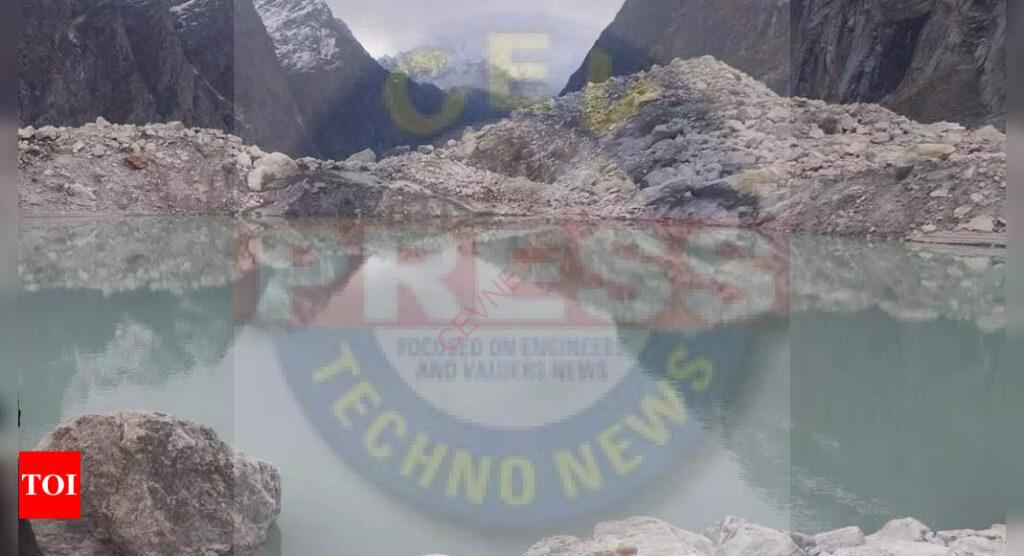MEERUT: In the first detailed “inventory of glaciers” at the Alaknanda river basin, which contributes the maximum water to river Ganga, scientists from IISc and IITs discovered a reduction of 59 sq km in the glacier area over a period of almost 50 years, between 1968 and 2020. This meant that 8% of the total area of glaciers decreased. Scientists said regional climate change was a big reason behind the development.
This study of the river basin, which took over two years to complete, was published in the Geocarto Journal by Taylor & Francis. The average retreat rate of glaciers in the basin was 11.75 m per year.

The study was authored by Remya S N and Anil V Kulkarni, scientists from the Divecha Centre for Climate Change, IISc in Bengaluru; Tajdarul Hassan Syed, associate professor, Department of Earth Sciences, IIT Kanpur; and R Anand from the Department of Applied Geology, IIT Dhanbad. It was done on the basis of field visits and satellite data provided by the United States Geological Survey.
The analysis of climatic parameters in the basin suggested substantial evidence of deglaciation due to global warming, especially since the winter temperature increased by 0.03 celsius per year between 1968 and 2020.

The team of scientists studied almost all satellite imagery since 1968 meticulously and found that though the area of the glaciers reduced in the river basin, the number of glaciers increased from 98 to 116.
“Glaciers are like trees, with many branches coming out of them. In the Alaknanda river basin, we found that many extended portions of the glaciers got separated from the main glacier, mainly because of climatic reasons. This increased the number of glaciers in the area,” said Remya.
However, scientists said the increase in numbers was “nothing to celebrate”. Small portions of the glaciers were melting in a way that they would not contribute water to the river and hence, there would be a “cascading effect” on the water security of the people living downstream, they said.
“They are melting faster and forming new water bodies such as lakes near the glacier. If the glaciers melt faster in the future, these water bodies will get added water and may overflow, causing destruction,” Remya said. She added that the Kedarnath disaster happened due to the overflow of a similar water body.
Apart from the reduction in the glacier area, the Alaknanda basin also witnessed an increase in the formation of debris cover, which is another factor reducing water flow in the river Ganga.
“The increase in debris happened due to non-climatic parameters. Results revealed that the total debris of the Alaknanda basin increased by 38% between 2000 and 2020. The glaciers with less debris-covered areas and steep slopes showed a higher retreat than those with a high debris-cover and a gentle slope,” said Syed, another author of the study.

